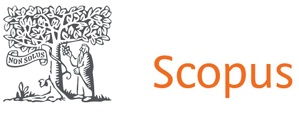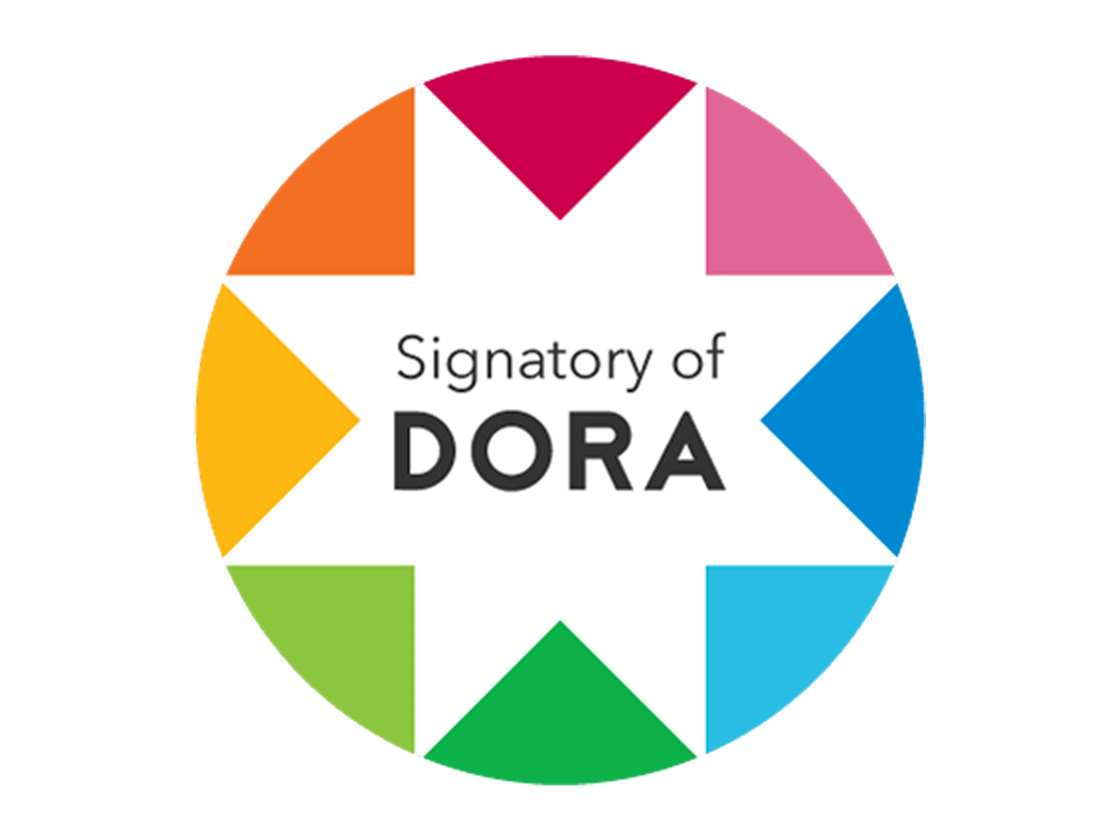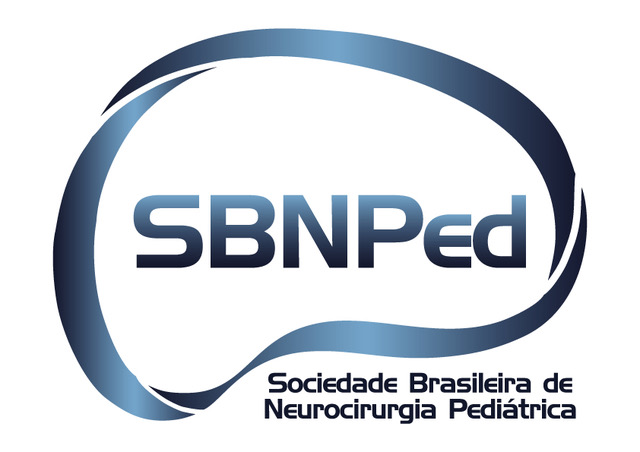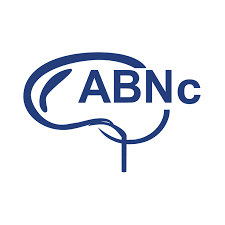Anatomical variations of the floor of the third ventricle in patients with hydrocephalus may affect the surgical outcome?
DOI:
https://doi.org/10.46900/apn.v7i1.260Keywords:
Hydrocephalus, endoscopic third ventriculostomy, complications, third ventricle floor, anatomical variations, malformationAbstract
Introduction: Anatomical variation of the floor membrane of the third ventricle can occurs in patients with hydrocephalus of any etiology and age and can affect the surgical outcome.
Methods: Images of the floor of the third ventricle were captured and analyzed from videos of 99 patients with hydrocephalus of different etiologies and ages who underwent endoscopic third ventriculostomy (ETV) with emphasis on the type of floor membrane.
Results: Based on the types of membranes of the floors of the third ventricle found in our study and the data described in the available literature, we can describe four “main types of membranes” with their common characteristics and “subdivisions of the main membranes” where they present common types of main membrane associated with details and/or abnormalities.
Conclusion: Anatomical variations of the floor of the third ventricle occur in patients with hydrocephalus of any etiology and age and their recognition is essential before the main surgical procedure (ETV), as they increase the risk of injuries that can affect the surgical outcome.
Downloads
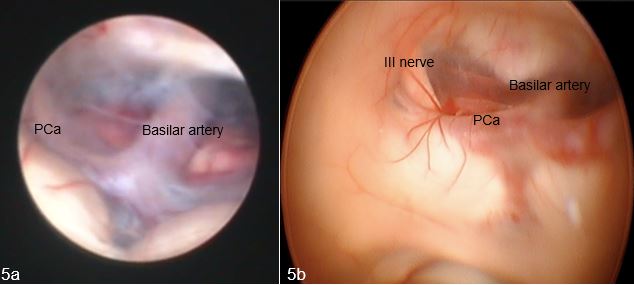
Downloads
Published
How to Cite
Issue
Section
License
Copyright (c) 2025 Humberto Belem de Aquino, Carlos Umberto Pereira, Enrico Ghizoni, Cesar Massami Yukita, Heber Martim Vieira

This work is licensed under a Creative Commons Attribution 4.0 International License.

When publishing in Archives of Pediatric Neurosurgery journal, authors retain the copyright of their article and agree to license their work using a Creative Commons Attribution 4.0 International Public License (CC BY 4.0), thereby accepting the terms and conditions of this license (https://creativecommons.org/licenses/by/4.0/legalcode).
The CC BY 4.0 license terms applies to both readers and the publisher and allows them to: share (copy and redistribute in any medium or format) and adapt (remix, transform, and build upon) the article for any purpose, even commercially, provided that appropriate credit is given to the authors and the journal in which the article was published.
Authors grant Archives of Pediatric Neurosurgery the right to first publish the article and identify itself as the original publisher. Under the terms of the CC BY 4.0 license, authors allow the journal to distribute the article in third party databases, as long as its original authors and citation details are identified.









